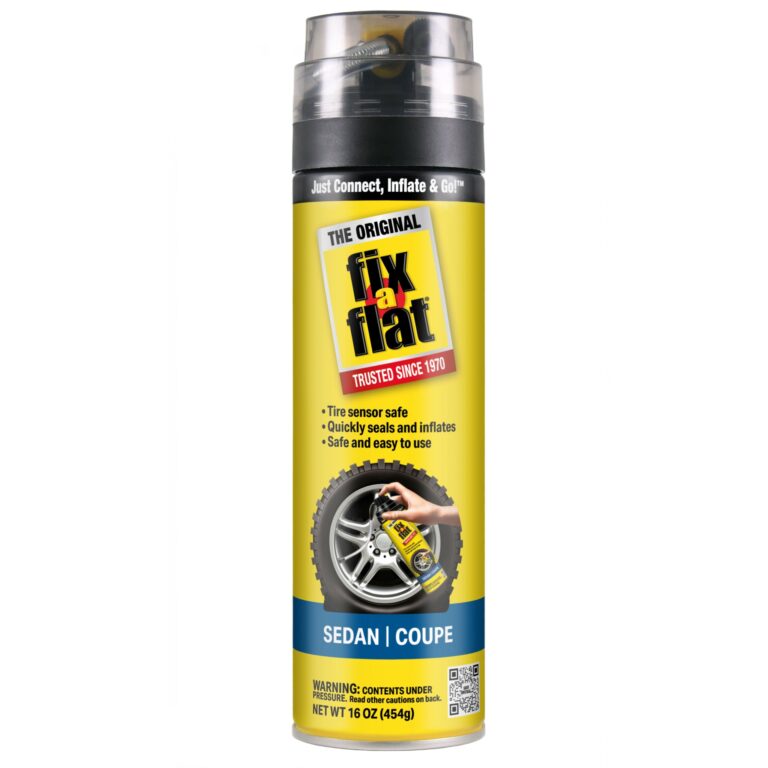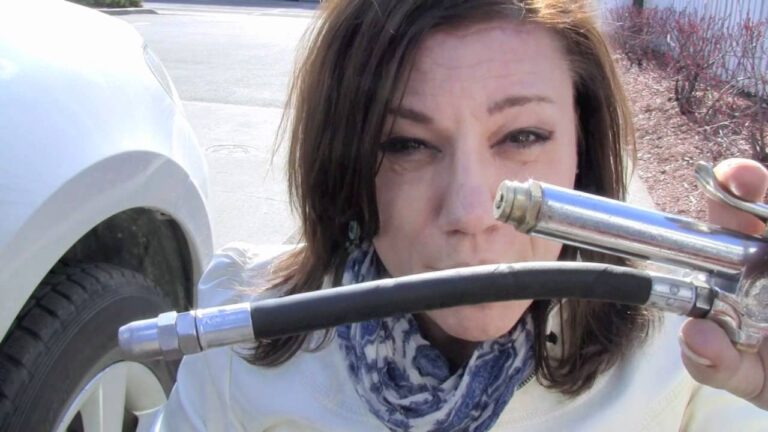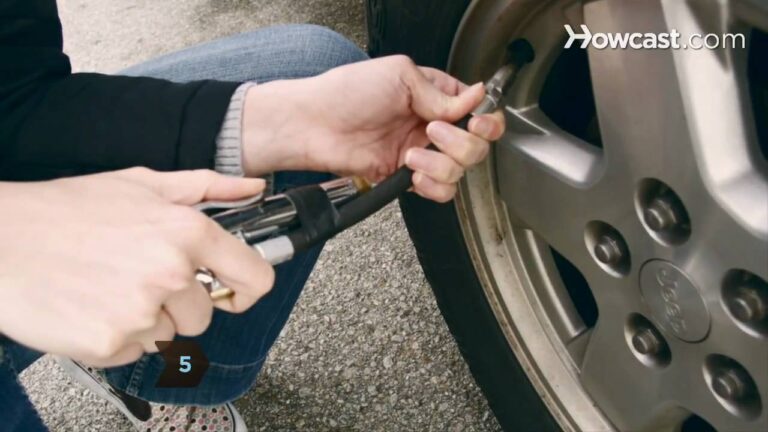How To Inflate A Tubeless Bike Tire
Flat tire? It’s frustrating, especially when you’re on a ride and don’t have a pump handy. Learning how to put air in a tubeless bike tire can be a lifesaver, preventing stranded rides and saving you money on professional repairs. This guide will walk you through the process, covering everything from choosing the right equipment to troubleshooting common problems. By the end, you’ll be confidently inflating your tubeless tires like a pro.
Understanding Tubeless Tire Systems
Tubeless tires offer several advantages over traditional tube-type tires, including reduced rolling resistance, improved puncture resistance, and a smoother ride. However, how to put air in a tubeless bike tire differs slightly from traditional tires, requiring specialized equipment and techniques. This section will break down the core components of a tubeless system and explain why it requires a specific approach to inflation.
Tubeless Tires and Rims
- Tubeless tires are designed with a tight-fitting bead that seals against the rim, creating an airtight seal. This seal prevents air from escaping, even with minor punctures. Understanding how this bead interacts with the rim is crucial for successful inflation.
- Tubeless-ready rims have a specific design that ensures a proper seal with tubeless tires. The rim’s shape and internal profile are optimized to hold the tire bead securely in place. Choosing the correct rim for your tubeless tires is essential for proper function.
Sealants and Their Role
- Tubeless sealant is a liquid added inside the tire to help seal small punctures. This sealant quickly fills tiny holes and prevents air leakage. It’s a key component of a successful tubeless setup and contributes significantly to puncture resistance.
Essential Tools for Tubeless Tire Inflation
Having the right tools is key to successfully inflating a tubeless tire. A standard hand pump won’t always suffice; high volume and pressure are often required. This section describes the best equipment for the job and why certain tools are crucial for a smoother process.
High-Volume Air Pump
- A high-volume floor pump is ideal for quickly inflating tubeless tires. These pumps provide the high airflow necessary to seat the tire bead onto the rim. This initial seating is the most challenging part of the process and requires significant air volume.
Tire Lever(s)
- Tire levers are useful for seating the bead properly. Sometimes the tire bead needs a little help getting seated against the rim, and tire levers provide the leverage needed to manoeuvre the tire. Use them carefully to avoid damaging the rim or tire.
Tubeless Valve Core Remover
- A valve core remover allows you to release the air from the valve quickly. This is important for troubleshooting and for initial seating of the bead, as a rapid pressure release can help the bead seat completely. It’s a small but important tool.
Step-by-Step Guide: How to Put Air in a Tubeless Bike Tire
This section provides a clear, step-by-step guide, complete with images (Insert images of each step here) to help you successfully inflate your tubeless tire. Follow these steps carefully to ensure a smooth, safe, and efficient process. Remember to always double-check your work!
- Prepare the tire and wheel: Ensure the tire is correctly seated on the rim. Check for any debris in the tire bed that might interfere with the seal. Inspect the tire bead for any damage or imperfections.
- Install the valve core: Ensure the valve core is securely in place. If you will be using a compressor or very high pressure, remove the valve core before inflating, and carefully replace the valve core once the tire is sufficiently inflated. If there’s no seal, air will escape.
- Add sealant (if needed): If your tire is new or doesn’t contain sufficient sealant, add the recommended amount of sealant into the tire before inflation. Shake well to ensure it is evenly distributed.
- Start inflating: Begin inflating the tire with your high-volume pump. You may need to use a lot of pressure at first, and may hear a noticeable pop as the bead seats onto the rim. If the bead does not seat, you may need to use tire levers to help manually seat it.
- Check for leaks: Once inflated, check carefully for any leaks using soapy water and check the pressure carefully. Use soapy water to check for any air escaping from the bead or valve. Repair any leaks as needed.
Troubleshooting Common Problems
Even with careful preparation, sometimes you encounter problems when inflating a tubeless tire. This section tackles common issues and provides solutions to get you back on the road quickly. It addresses the most common scenarios and offers practical fixes.
The Bead Won’t Seat
- One of the most common problems is the tire bead refusing to seat completely. This often requires more force or using tire levers to carefully help the bead into the rim’s well. Make sure the tire and rim are compatible and that you are using sufficient pressure. Sometimes, the bead needs additional pressure from opposite sides to pop into place.
Slow Leaks
- Slow leaks can be frustrating. They can be caused by several factors, including insufficient sealant, small punctures, or a poor bead seal. Use soapy water to locate the source of the leak and address the issue accordingly – add more sealant, repair the puncture or reseat the tire bead if needed. Sometimes repeated inflations and sealant redistribution can resolve this issue.
Persistent Air Leaks
- Persistent air leaks can point to a more serious problem, such as damage to the tire, rim, or valve. Thoroughly inspect the tire and rim for any damage. Replace any damaged components to ensure a proper seal. Always replace your valve if you see significant cracks or damage.
Myths About Tubeless Tire Inflation
Myth 1: You always need a compressor.
While a compressor can make the job easier, especially for larger tires, it’s not always necessary. A high-volume floor pump is often sufficient for inflating most tubeless tires. Many riders have successfully seated tires using only a high-volume pump and patience.
Myth 2: Tubeless tires are impossible to fix.
While punctures can occur, tubeless tires are often easier to repair than tube tires, due to the sealant’s ability to seal small holes automatically. Larger punctures may still require repair plugs or patches, but often simpler methods are adequate.
Myth 3: Tubeless tires are only for high-end bikes.
Tubeless technology is becoming increasingly accessible to cyclists of all levels and budgets. Many affordable bike models now come standard with tubeless-ready rims and tires.
Using a Compressor for Tubeless Tire Inflation
While a high-volume pump works well, a compressor can make the process faster and sometimes easier. However, it’s crucial to use caution to avoid damaging the tire or rim. Insert a comparison chart here: comparing floor pumps, hand pumps and compressors.
| Feature | Floor Pump | Hand Pump | Compressor |
|---|---|---|---|
| Speed | Moderate | Slow | Fast |
| Effort | Moderate | High | Low |
| Cost | Medium | Low | High |
FAQ
What if my tire still won’t hold air?
If your tire still won’t hold air after trying several times, carefully examine the tire and rim for any damage or debris that could be preventing a proper seal. Consider adding more sealant if necessary. If problems persist, take your wheel to a professional bike shop for assistance.
How often should I check my tire pressure?
It’s recommended to check your tire pressure before every ride, especially for tubeless tires. The sealant can sometimes slow down leak detection, and low pressure can significantly affect performance and handling.
What type of sealant should I use?
There are many different sealants available, but choosing one that’s specifically designed for tubeless tires is crucial. Ensure compatibility with your tire type and choose based on your climate – some sealants perform better in warmer or colder conditions.
How much sealant should I use?
Always follow the manufacturer’s instructions for the amount of sealant to add. Using too much or too little can impact performance. The recommended amount is usually specified on the sealant bottle itself.
Can I use a regular pump to inflate a tubeless tire?
While it’s possible to initially inflate a tubeless tire with a regular pump, it’s unlikely to provide sufficient volume and pressure to fully seat the tire bead. A high-volume pump is recommended for optimal results.
What is the ideal tire pressure for my tubeless tires?
The ideal tire pressure depends on several factors including rider weight, tire size, and terrain. Always check the tire sidewall for the recommended pressure range.
What should I do if I get a puncture?
If you get a puncture, often the sealant within the tubeless tire will automatically seal the hole. For larger punctures you may need to use a puncture repair kit. Always check your tire pressure regularly to ensure the sealant is effective.
Final Thoughts
Mastering how to put air in a tubeless bike tire is a valuable skill for every cyclist. By understanding the components of a tubeless system, using the right equipment, and troubleshooting common problems, you can confidently maintain your tires and enjoy smooth, efficient rides. Remember to always prioritize safety and consult a professional if you encounter persistent issues. So, grab your pump and get ready to ride!



